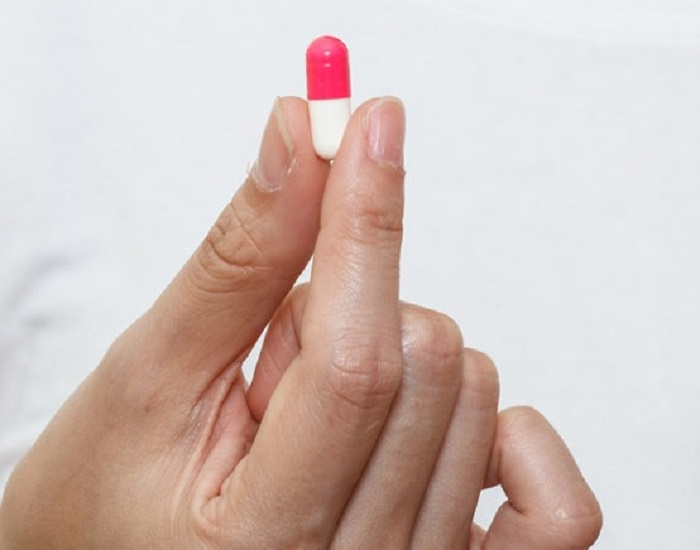Reports say European consumers are buying large supplies of iodine and potassium iodide pills, which can blunt the effects of exposure to nuclear radiation. The rush for buying these pills, which are known as anti-radiation pills, started after concerns about a nuclear attack mounted after Russian President Vladimir Putin ordered the country's nuclear forces to go on alert in response to what he supposed as aggressive statements.
Pharmacies in Finland, Luxembourg and Norway are selling out of their supplies of these anti-radiation pills, according to a Bloomberg report.
On March 4, Europe's largest nuclear power plant in war-torn Ukraine was bombed by the Russian forces. Although there was no reported spike in the radiation, Ukraine had earlier warned that a 'radioactive cloud' could be released from the nuclear power plant in Chernobyl the reason being Russia cutting off the country's power supply, rendering it unable to cool the fuel the plant spent.

How Do Anti-Radiation Pills Work?
Anti-radiation pills or potassium iodine pills contains non-radioactive iodine. When one consumes the correct dose of these anti-radiation pills right before or during exposure to the airborne radioactive iodine, stable iodine in large amount enters the body blocking the amount of radioactive iodine that is taken into the thyroid gland, according to a reports published by the Radiation Safety Institute of Canada.
Caution
However, the potassium iodide pills can only prevent the thyroid gland and not other parts of the body from absorbing radioactive iodine, according to reports. Moreover, these pills should be taken only under the supervision of public health or emergency management officials, according to the U.S. Centers for Disease Control and Prevention website. Taking the anti-radiation pills preventatively when radioactive iodine is not present is harmful to the body.
Meanwhile, due to the sudden increase in demand for the anti-radiation pills in the market, the price of one bottle of 180 potassium iodide pills on Amazon has gone up to $70, from $30 just weeks earlier, according to CamelCamelCamel, a site that tracks the price histories of things sold online.









